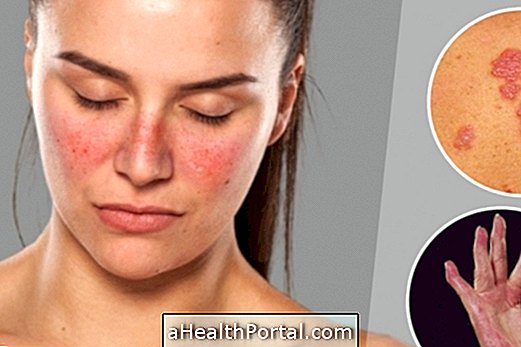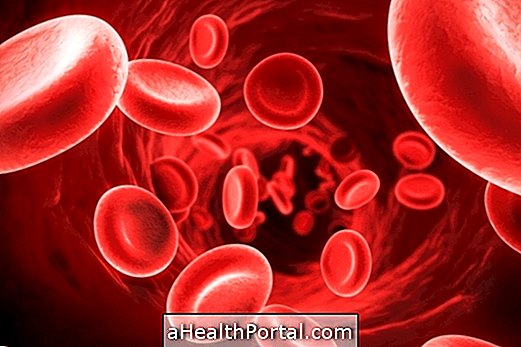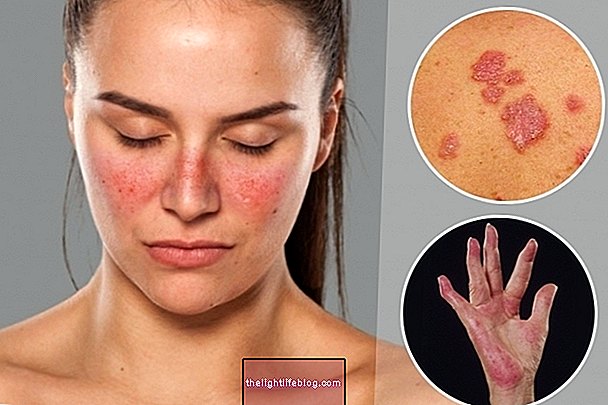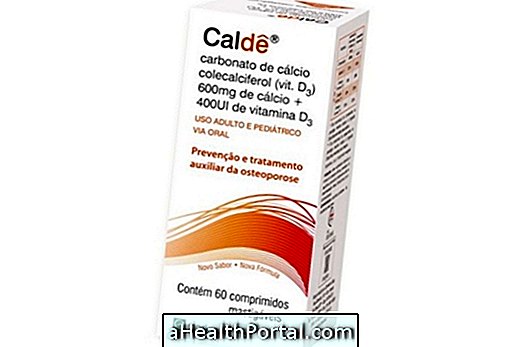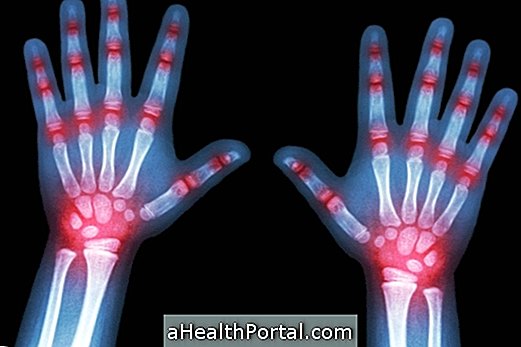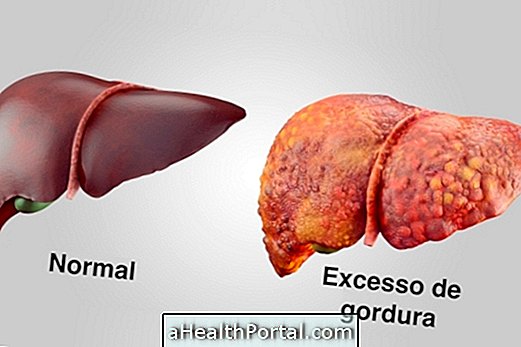Sjögren's syndrome is a chronic and autoimmune rheumatic disease characterized by inflammation of some glands in the body, such as the mouth and eyes, resulting in symptoms such as dry mouth and sand feeling in the eyes, and increased risk of infections such as caries and conjunctivitis.
Sjögren's syndrome can occur in two ways:
- Primary : when presented in isolation due to changes in immunity;
- Secondary : when it appears in association with other autoimmune diseases, such as rheumatoid arthritis, lupus, scleroderma, vasculitis, or with chronic hepatitis.
This disease, although not curable, has a benign evolution, and develops over many years, and there are also options for treatments to relieve symptoms and improve the quality of life of the person, such as eye drops and artificial saliva.
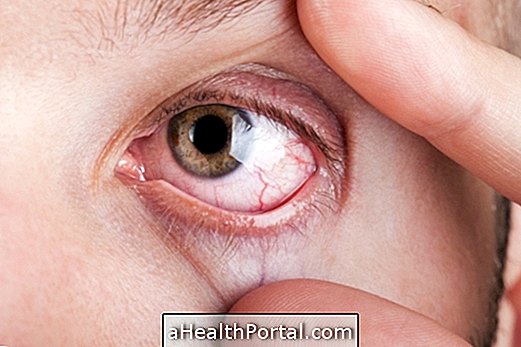
Main symptoms
In Sjögren's syndrome there is a deregulation of the person's immunity, which causes inflammation and self-destruction of glands, especially the salivary and lacrimal glands. In this way, these glands can not produce secretions, and symptoms appear as:
- Dry mouth, known as xerostomia;
- Difficulty swallowing dry foods;
- Difficulty speaking for a long time;
- Stomach ache;
- Dry eyes;
- Sensation of sand in eyes and redness;
- Eyestrain;
- Sensitivity to light;
- Risk of corneal ulcerations;
- Increased risk of infections such as cavities, gingivitis and conjunctivitis;
- Dry skin and dryness of the mucosa of the intimate parts.
This syndrome is more common in young women, but it can happen in people of all ages. In some cases, early symptoms appear in pregnancy, as this is a time when hormonal changes and emotional stimuli may exacerbate this type of illness.
Other types of symptoms
In rare cases, this syndrome can cause signs and symptoms that are not related to the glands, called extraglandular manifestations. Some are:
- Pain in joints and body;
- Tiredness and weakness;
- Dry cough;
- Skin changes such as hives, purple spots, skin sores, and sensitivity changes.
In addition, Sjögren's syndrome may cause neurological symptoms, being a more severe type of manifestation, which may present loss of strength in a body location, changes in sensitivity, seizures and difficulties in movement.
Although uncommon, people with Sjögren's syndrome may also have an increased chance of developing a lymphoma, which can happen in later stages of the disease.

How to confirm the diagnosis
The diagnosis of Sjögren's syndrome is made by the rheumatologist, who evaluates the symptoms, examines the glands and can ask for tests as immunity markers, called anti-Ro / SSA, anti-La / SSB and FAN.
Lip biopsy may be requested to confirm when there is doubt about the diagnosis or to evaluate the presence of other factors that may cause symptoms similar to this syndrome, such as viral infections, diabetes, use of some medications or psychological causes, for example. Check out the other causes of dry mouth and how to fight.
In addition, it is also important to research the existence of Hepatitis C, as this infection can cause symptoms very similar to those of Sjögren's syndrome.
How to treat
Treatment for Sjögren's syndrome is mainly done to control symptoms, with the use of lubricating drops and artificial saliva, as well as medicines such as anti-inflammatories, steroids or Hydroxychloroquine, for example to reduce inflammation, prescribed by the rheumatologist.
Other natural alternatives include chewing sugarless gum, drinking water with lemon drops or chamomile tea, and consuming foods rich in omega 3 such as fish, olive oil and flaxseed oil. Learn more details on how Sjogren's syndrome treatment is done.

